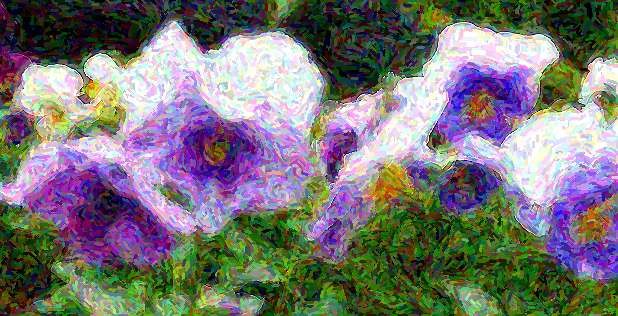Like many development directors, Raelene Pullen of Figge Art Museum has a small staff and limited budget, so she needs to use resources wisely. On first arriving at her new job, she turned to the donor database in place at the Figge for information on how to do that … and found that the data she needed wasn’t there. “The previous development team didn’t use the software in a very dynamic way. I’d have a question and refer to the software. The answers weren’t there. So I had to ask myself why that was. Is this software not good? The software can only return information based on what was input,” says Raelene about her first experiences with the donor database.
Instead of giving up on FundRaiser, she sat down to figure out what information she needed and if FundRaiser could do the job. She went through each of the technical trainings offered by FundRaiser Training and spoke to FundRaiser Technical Support. When properly implemented, FundRaiser was able to provide almost all she needed. “Since then, we’ve revitalized and revamped the coding and campaign management processes. Now we are able to benchmark and track the differences in response for appeals, museum events, gifts, and engagement and have data over a number of years.”
Making Decisions to Change Traditions
Since learning how to work well with the donor database, Raelene finds it very helpful in figuring out the ROI of events. “The data we use from FundRaiser was helpful when we considered changing the dates and duration of our annual fund drive. We’ve used the data to analyze that and help make a decision on the timing. It’s very helpful to know there’s a reason why we do things the way we do it. We are able to be more efficient.”
New to a database
From her experience, Raelene encourages others who inherit a database and aren’t sure if it is a good fit, to spend some time learning and talking to Technical Support. “Sometimes, coming in to a new situation, people might want to get new software. I remember feeling that it may be easier to start fresh than stick with the existing system. I learned that how my predecessors used the system was important. I took the time to learn about the software and how it could serve our needs, then made processes for my team to enter data in a way that the software could work to help us achieve our goals. Someone like me, just starting with FundRaiser, or who is inheriting a system that has been used before they came, will need to put time into it to get out what they want,” says Raelene.
Outstanding Technical Support
You don’t have to go through the process alone. Raelene and her co-worker Amy Martens, Membership Manager at Figge Art Museum, have accessed FundRaiser Technical Support whenever they needed to. At first it was to learn, and then to get help in achieving with FundRaiser the tasks that were important to their data needs. Says Raelene, “If there is something important to your organization and you don’t know how to do it in the system, call Tech Support. Not only does it help us as the user to see new and innovative and creative ways to do things. It also helps Tech Support to understand us as users and our needs. That creates an opportunity for the developers to evolve the software. That relationship helps us both to get better.”
One way that Raelene has used Technical Support to achieve the museum’s fundraising goals is in clarifying how to track unusual donation situations. “Obviously, software straight 'out-of-the-box' won't be automatically set up to cover every possible event of every organization. For instance, recently the FundRaiser team sat down with us and helped us think through how to track some special gifts we had coming in. The gifts had a community matching part. The way the donations were divided, between direct gifts and matching gift was unique. We were able to set things up so that the data was malleable for analysis and we could keep the information about donors for future reference.”
Training
Amy also encourages new users to take advantage of FundRaiser training. “When I started with FundRaiser, I took some of the training courses. That was very helpful. I don’t know what I would have done without it. Now, the things I do every day are easy, and I’m moving around in it quickly.”
On-Going Development
Fundraising is evolving and software needs to evolve as well. Input received from users like Figge is an important part of FundRaiser development goals. Says Raelene, “As a user, it’s important to have software that is being developed, growing, expanding. Giving in the last two to ten years has evolved. Development directors need to evolve too or be left behind. We are happy that FundRaiser’s development is ongoing and responsive to our input.”
Says Amy, “Tech Support is really good at figuring out what we are needing, working with us to help us do it. And if it isn’t currently in the software, they are really good about putting our requests on the list for the next release.”
To learn more support available to FundRaiser users
